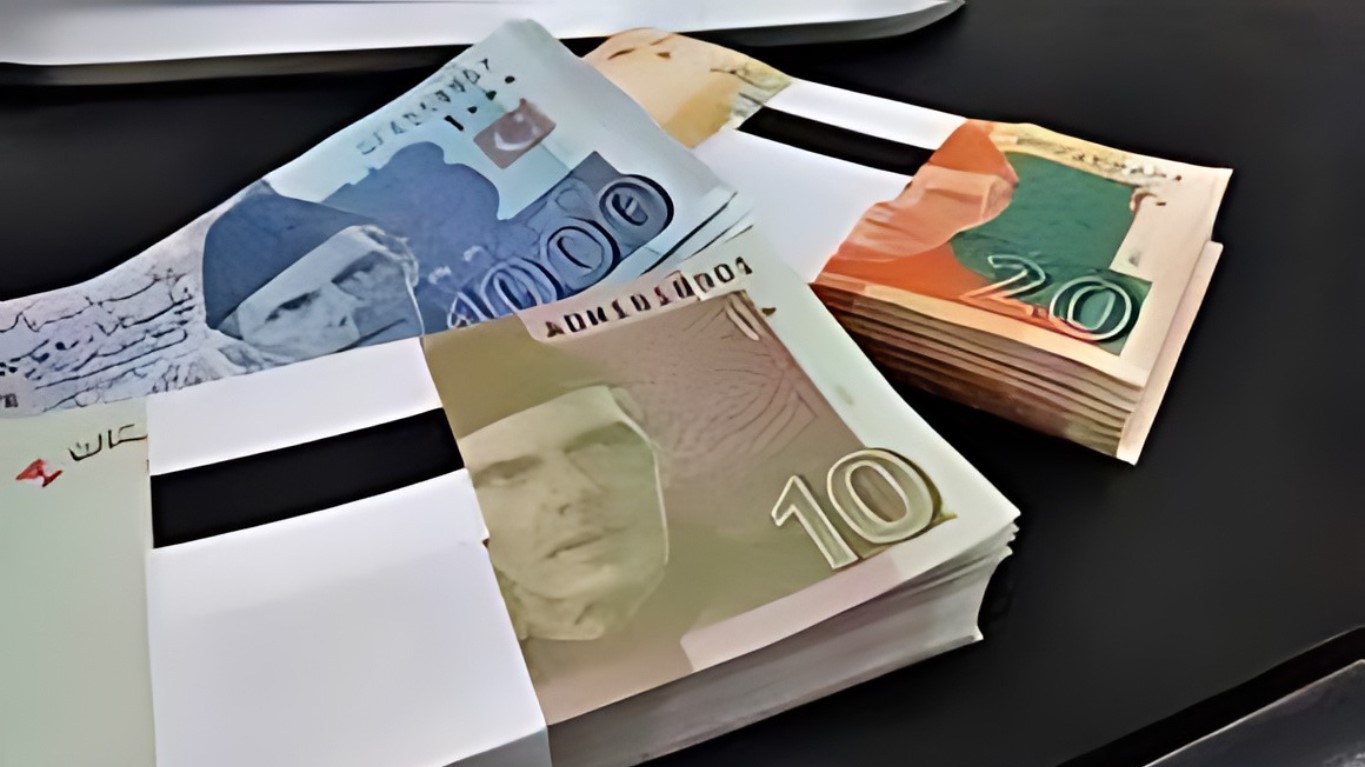Pakistan Railways (PR) has finalized a plan to switch to solar energy, aiming to save at least Rs1 billion annually. They’ve identified 100 sites with heavy electricity use for this transition.
Senior PR officials state that management is taking steps to increase revenue and reduce financial losses. This includes shifting housing colonies, hospitals, and offices to solar power, improving freight trains, and renovating coaches to attract more clients.
PR currently faces total financial losses of Rs48 billion, mainly due to pension payments. Liabilities stand at Rs24 billion, including Rs20 billion in pensions and benevolent fund. Expenditure on salaries and pensions exceeds revenue.
Despite recording Rs62.5 billion revenue in 2022-23, PR fell short by Rs7.42 billion. They aim for Rs80 billion revenue in 2023-24.
In 2022-23, revenue sources included operations (Rs62.5 billion), land rent (Rs3.2 billion), and scrap sales (over Rs2 billion). Major expenses were pensions (Rs40.607 billion) and salaries (Rs35.7 billion).
PR assigned NESPAK to study solar panel feasibility and shifted electric meters to minimize losses, saving Rs1.3 billion. Austerity measures include abolishing 1,377 positions to save Rs720.5 million annually.
To improve revenue, manual work is reduced, financial operations streamlined, and ghost employees minimized. An ERP system is developed for transparency. Short-term land leasing and rationalizing fares and rates also help.
Passenger facilities at railway stations are improved, and punctuality increased from 76 to 93 percent in three months. PR plans to introduce the Train Driver Assistant System (TDAS) for safety and efficiency, especially during adverse weather.




